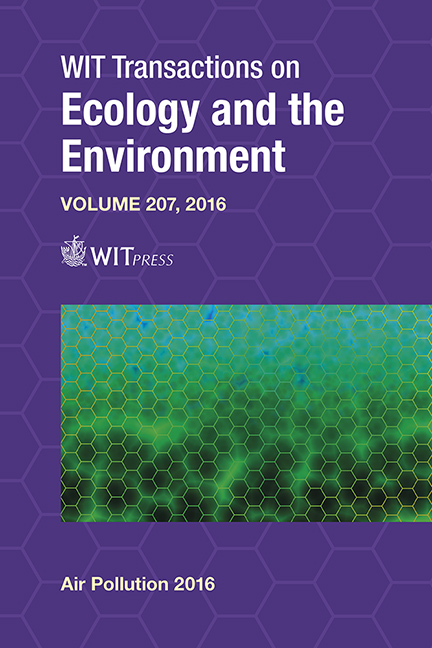Air Pollutant Emission Reduction Effects Of The Cap-and-Trade System In South Korea
Price
Free (open access)
Transaction
Volume
207
Pages
8
Page Range
47 - 54
Published
2016
Size
301 kb
Paper DOI
10.2495/AIR160051
Copyright
WIT Press
Author(s)
M. Y. Lee, Y. B. Yoon, B. B. Jin, M. H. Lee
Abstract
The Seoul Metropolitan Area (SMA) in the Republic of Korea is a densely populated area, consisting of the major part of Gyeonggi, Seoul and Incheon. The SMA takes up only 12% of the total national land area in Korea, yet accounts for 49% of the total population, with a population density over 4 times higher than Korea’s average population density. The Master Plan is formulated every 10 years and is modified after 5 years if formulation is necessary. There are 3 methods of calculating emission quantities, namely, continuous emission monitoring systems (CEMS), using emission factors and intermittent measurements. Those who intend to install facilities emitting the pollutants subject to total volume control exceeding the emission volume prescribed by law in an atmosphere control zone have to obtain permission and in order to obtain permission optimal prevention facilities have to be installed. Early in the system, the effects of CTS were weak because of over allocation and there was no regional allocation but from 2013 the effect of CTS has become more noticeable and it is expected that the effects will be stronger after 2017 because the regional allocation is reduced from that year. The air concentration of NOX, SOX of Seoul did not improve significantly in 2014. There is a limit to improving air quality only using CTS.
Keywords
cap and trade, air pollution, air pollutants, emissions reduction, emission estimation, NOX, SOX, allocation





